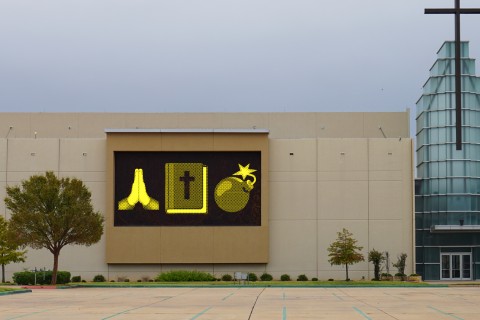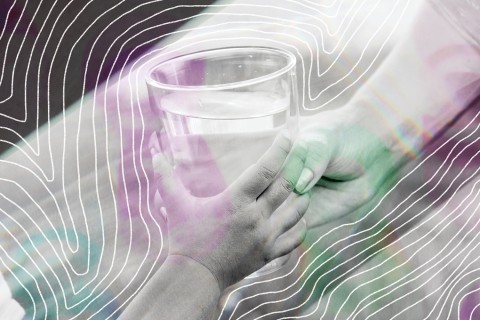James P. Wind's formative moments
One Sunday morning in the late 1950s, as I inched along in the line
waiting to shake hands with my pastor after worship, I was singled out.
The Rev. Dr. George W. Wittmer asked me, a ten-year-old, to meet him at
the door to the sacristy after he had greeted everyone. Tall and
gray-haired, Pastor Wittmer was easily the most important person our
family knew. He wore impressive vestments, gave polished sermons, had
more books in his study than I had ever seen in one place and had an
office bigger than our family's living room. A vice president of our
denomination, he presided over Messiah Lutheran Church at the corner of
Grand Avenue and Pestalozzi Street in South St. Louis with refined
authority.
Messiah Church was a thriving tall-steeple church in
those religious boom years, and its pastor was a leader in a
denomination that placed clergy on a pedestal. When I met him at the
sacristy door, he invited me in to a place I had never been before. As
Pastor Wittmer put away his vestments, he told me that the congregation
was going to introduce the use of individual cups into its communion
practice.
Like many Protestant congregations, Messiah Church was a
very prim and proper place in the days before liturgical reform and
social upheaval swept across much of American Christianity. Holy
Communion, as it was called then, was celebrated on a monthly rhythm,
and children my age were not permitted to partake.





